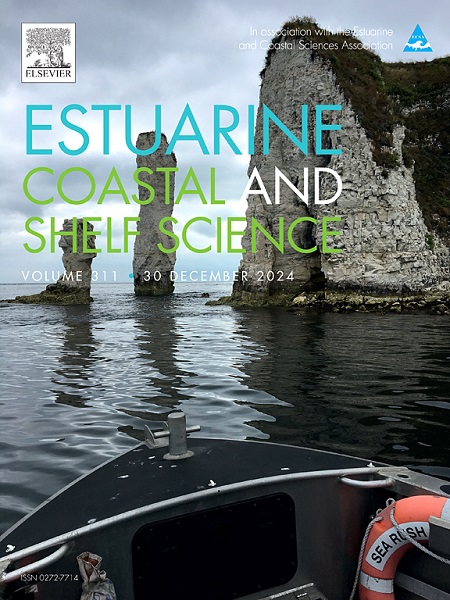Efficient computation of wave transformation matrices to support coastal management
IF 2.6
3区 地球科学
Q1 MARINE & FRESHWATER BIOLOGY
引用次数: 0
Abstract
Management-oriented tools aim to turn science-based data into helpful information directly useful to policy-makers and managers. Wave Transformation Matrices (WTM) can be regarded as management-oriented tools that allow computing reliable and timely information concerning the nearshore wave regime or the sea state. WTM revealed to very helpful in the visualization and understanding of the physical processes related with nearshore waves propagation. Results obtained allow to conclude that 1) basic 2D WTM have a very good performance in the characterization of nearshore wave regime providing accurate results in a simpler and faster manner; these matrices are also excellent visual tools to allow non specialist users to recognize dominant process in nearshore wave propagation, 2) 3D WTMH should be used in target-areas where wave breaking or where bottom friction leads to significant energy dissipation seaward of the simulation point, and 3) 2D WTMT should be used under circumstances where the wave period is likely to change, such as sheltered coastal stretches or areas with strong refraction. The findings herein presented show that WTM not only imply significantly smaller computational and interpretation effort and time, in comparison with a conventional wave-by-wave modeling strategy but are also very helpful in the visualization of the physical processes related with waves propagation. Future works should consider optimizing the potential of WTM by investing in the development of friendlier user-interfaces.
求助全文
约1分钟内获得全文
求助全文
来源期刊
CiteScore
5.60
自引率
7.10%
发文量
374
审稿时长
9 months
期刊介绍:
Estuarine, Coastal and Shelf Science is an international multidisciplinary journal devoted to the analysis of saline water phenomena ranging from the outer edge of the continental shelf to the upper limits of the tidal zone. The journal provides a unique forum, unifying the multidisciplinary approaches to the study of the oceanography of estuaries, coastal zones, and continental shelf seas. It features original research papers, review papers and short communications treating such disciplines as zoology, botany, geology, sedimentology, physical oceanography.

 求助内容:
求助内容: 应助结果提醒方式:
应助结果提醒方式:


